Samsung Galaxy S 2 (International) Review - The Best, Redefined
by Brian Klug & Anand Lal Shimpi on September 11, 2011 11:06 AM EST- Posted in
- Smartphones
- Samsung
- Galaxy S II
- Exynos
- Mobile
SGS2 Intro
The road to our Galaxy S2 review has been a long one. The first time we saw the device was at Mobile World Congress, where it was initially announced. There, Anand and myself played with and hurriedly benchmarked one and came away more than a bit disappointed with performance. I set my expectations based on our initial experience and came away from the conference prepared to be underwhelmed when the device launched internationally and stateside. There was never any doubt in my mind that the device would be a runaway success just like the first one, but I still came away disappointed.
Boy was I wrong. The device that launched internationally is completely different, in the positive sense.
It took a long time for us to get an international Galaxy S 2 in our hands, but we finally got one, and for the past few weeks I’ve been using it as my primary device here in the US on AT&T. It’s not an exaggeration at all to say that we’ve received more requests for a Samsung Galaxy S 2 (henceforth SGS2) review than any other smartphone, by at least an order of magnitude. The tomes of information already written about this phone has made it all the more daunting to dive head-first into a comprehensive exploration of the device, and we’ve tried to do our best.
Physical Impressions
First things first, how does the phone feel? I keep going back to MWC because that’s when first impressions were made, and thankfully in-hand feel didn’t change at all since then. The SGS2’s back eschews the plasticky smooth back of the previous SGS, and instead includes a textured battery door which snaps on. The new battery cover doesn’t wrap around to the front, instead only snapping into the back. There’s a notch in the top right which you can get a thumbnail into and pry the battery cover off with.
Moving to a textured surface instead of the SGS’ oft-derided slick plastic back gives the device a much needed boost of in-hand-feel. When I first encountered the phone at MWC I was shocked how much of a difference this simple change made. The edges are still lipped in smooth glossy plastic, but on the whole the device feels much more competent than SGS1. It appears to be the same material, but now there’s much less of a propensity for scratching or slipping around. I feel like the design language of the original SGS is still here, but it’s all grown up.
It’s impossible to go any further without noting just how thin the SGS2 is. Samsung has taken something of an obsession with holding the thickness crowns for its products, something the SGS2 did indeed hold for some time, at 8.49 mm at its thinnest point. Like the other SGS phones, there’s a bulge at the very bottom which throws a bit of a wrench into the device being completely uniform in profile. It is here that Samsung also locates antennas and the loudspeaker, though the real purpose for this bulge seems to be at least somewhat ergonomic. This bulge is around 10.1 mm thick, which is 1.61 mm thicker than the rest of the phone. For comparison, the old SGS was around 10.0 mm thick all over. As a result, the SGS2 is on the whole noticeably thinner, all while dramatically increasing power and features which we’ll get to in a moment.
Next up is the relocation of the microUSB port. The original SGS’ microUSB port placement drew a lot of discussion, as it’s at top left and behind a small door on the international variant and most regional variants. The SGS2 however relocates the microUSB port to dead center of the bottom face of the device, and just right of it is the primary microphone port. I got used to seeing the microUSB port up top and understood that choice, but having things at the bottom just feels more natural.
The volume rocker and power button are placed basically in the same position on SGS2 as the previous generation. Power is on the right about three quarters of the way up the right side of the device, and volume on the left side positioned with the top of the volume rocker in-line with the top of the power button. Thankfully these buttons are communicative and clicky as ever, I can’t find any fault with them.
There’s a notch which looks like the slot for a hand strap just above the volume rocker. There’s no microphone attached on the inside to this area, so it’s a bit unclear to me what this is for if it isn’t for a hand strap.
At top is another microphone port for both noise cancellation during calls using a discrete solution by Audience. Right next to it is the standard 3.5mm headphone jack.
The front of SGS2 is one unbroken glass surface, just like you’d expect for a top-tier smartphone launching this generation. Starting at the top is the 2 MP front facing camera, and right next to it is the proximity sensor and ambient light sensor. Of course, the real centerpiece is the 4.3" WVGA Super AMOLED+ display (henceforth SAMOLED+) which we’ll talk more about in a moment.


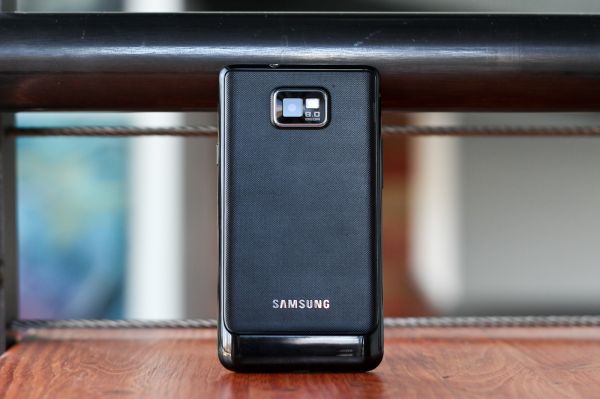

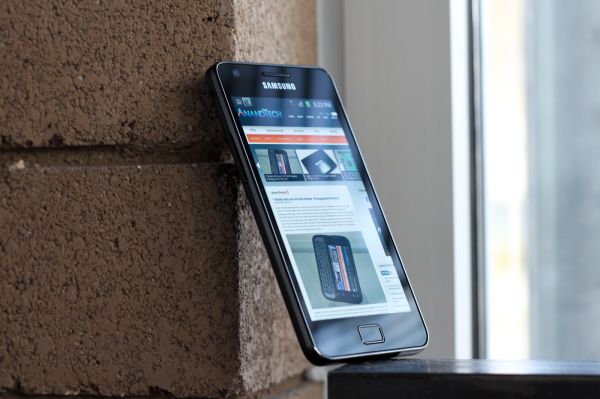
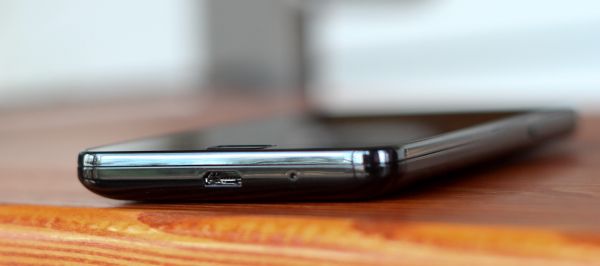
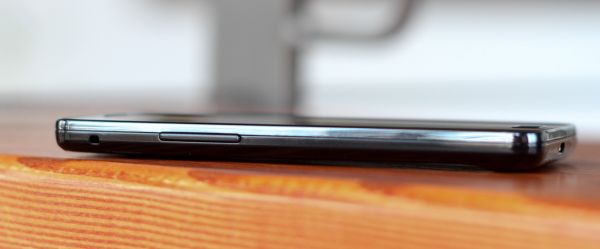
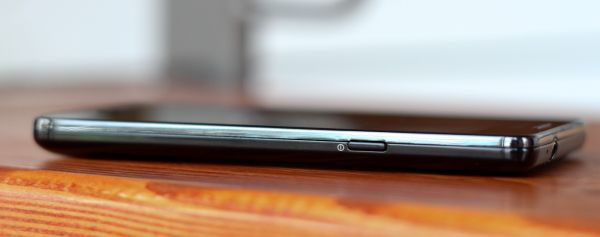
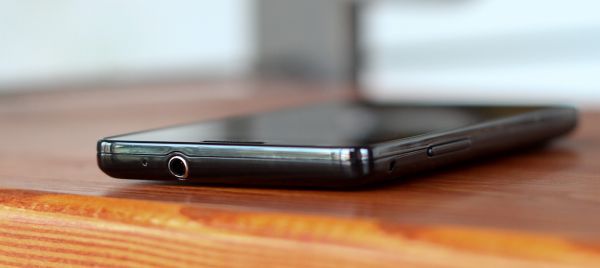
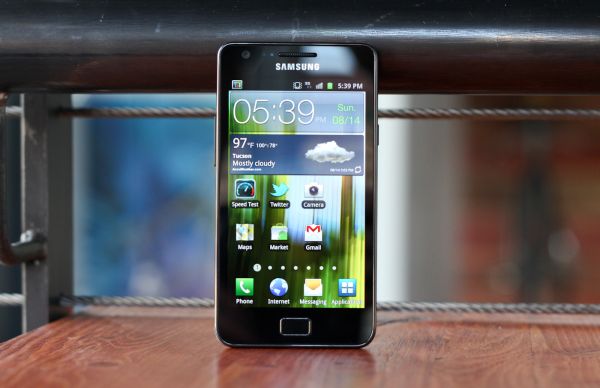








132 Comments
View All Comments
Deann - Friday, October 7, 2011 - link
Maybe I misunderstood, but if you take a look at this swedish website the Samoled + looks much better than the Amoled: http://www.appsandroid.dk/joomla/skaermtest-af-htc...aritai - Saturday, October 8, 2011 - link
You may want to consider counting number of web pages browsed before battery exhaustion and report those as well. Perhaps even calculate a "joules per page viewed" as part of your power metrics. (i.e. it may be that running at max benchmark rate on a more powerful system displays twice as many pages - and that these systems are being penalized for not being as slow as their competitors - where in terms of raw energy usage they would last longer than their slower competitors if asked only to do the same amount of work).Paulman - Thursday, October 20, 2011 - link
I just started reading some comments about upgrading the Galaxy S II to 2.3.5 of Gingerbread, and people are reporting improvements in the sound quality. They were quite surprised! Do you think one of you / Francois can take the time to look into it? Thanks.san3536 - Friday, October 28, 2011 - link
HiI am planning to buy a Samsung Galaxy S2 in US and to use it in India.... is it possible that way to use it in different country ? i would like to know what are specifications to be asked for the same like unlocked & International etc ... does unlocked mean just it can be used on any network only in US or else where or is international version mandatory ? please inform the disadvantages of using the phone in India which is brought in US ...like any of phone functions wont work etc ..
Naengmyun - Monday, November 21, 2011 - link
Me and about a gazillion of my GS2 owners are experiencing problem connecting to our home WiFi networks. Everything, including visitors' laptops, iPads, Android Tablets, smartypwns, netbooks and even the kitchen sink connect seamlessly to my Great Home WiFi Network. But not the GS2! Amazing. Everyone's playing the blame game for now~provider says it's the router, router tech support says it's the phone, Samsung says it's me, phone carrier wants to know if I'd be interested in their latest unlimited plan.Anyone else having trouble with GS2 WiFi connectivity?
Bibm
Ravil - Saturday, November 26, 2011 - link
i bought the samsung galaxy s2 from sri lanka for LKR85,000/= on the 4th of november 2011 with android 2.3.3 and i have some issues with it.1) screen issue
when the phone is on the lowest brightness level the left part of the screen has a yellowish tint and i took it to the sri lankan warranty agents THE PHONE COMPANY four times and they replaced the screen and now its worse now the whole screen has a yellowish tint.
2) signal issue
the signal is unstable signal bars are at 2bars sometimes 3bars sometimes full and when i connect to the in ternet it connects from hsdpa and edge, when i'm not connected to the internet it shows the 3g icon, the above mentioned warranty agents THE PHONE COMPANY replaced the motherboard but i still have the issue.
3) no NFC
i don't have NFC (near field communication)
pls help me with these issues can samsung replace the whole phone and give me a new one?
my email address is ravildealwis7@gmail.com
sgxsingapore1 - Friday, February 3, 2012 - link
Singapore Exchange (SGX) is working with Singapore's first futures brokerage on a professional traders development programme,SGX Singapore : Live News & Updates from SGX Singapore .These were among the most active shares in the market <a href="http://sgxsingapore.com/">SGX Singapore</a>sgxsingapore1 - Friday, February 3, 2012 - link
Singapore Exchange (SGX) is working with Singapore's first futures brokerage on a professional traders development programme,SGX Singapore : Live News & Updates from SGX Singapore .These were among the most active shares in the market SGX Singaporesgxsingapore1 - Friday, February 3, 2012 - link
Singapore Exchange (SGX) is working with Singapore's first futures brokerage on a professional traders development programme,SGX Singapore : Live News & Updates from SGX Singapore .These were among the most active shares in the market <a href="http://sgxsingapore.com/">SGX Singapore</a>Jedi2155 - Tuesday, February 21, 2012 - link
I have an Epic 4G (Original SGS), and I have to say the audio quality is horrendous compared to an iPhone, Creative Zen X-Fi, and my home X-Fi on my PC. Nothing compares, especially since I hear some clear static even though nothing is playing pointing to poor isolation. To say that the original SGS phones were good sound quality (my sister's also has the same Epic 4G with same issue) would be hard to swallow based on my personnel experience.